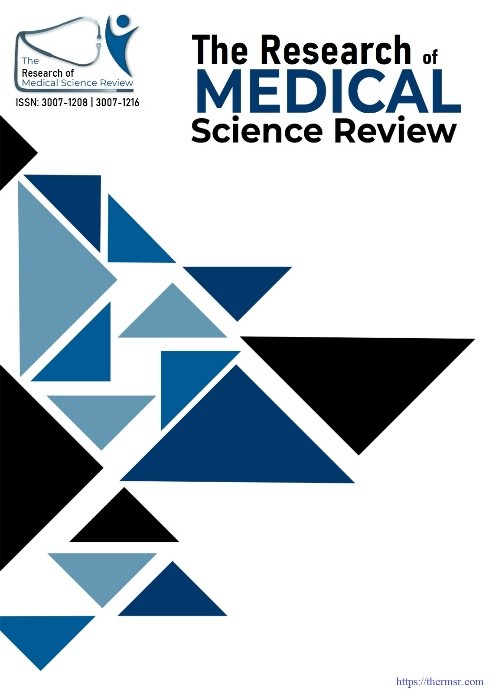ROLE OF MULTIDETECTOR COMPUTED TOMOGRAPHY IN EVALUATION OF CEREBROVASCULAR ACCIDENTS IN PATIENTS WITH HIGH CHOLESTEROL LEVEL
Main Article Content
Abstract
Introduction: Cerebrovascular accidents (CVAs), another name for strokes, are a serious public health issue and a leading cause of morbidity and mortality worldwide. These events are brought on by an abrupt stop in the blood supply to the brain. High cholesterol is a significant modifiable risk factor, particularly for ischemic strokes. Multidetector computed tomography (MDCT) is crucial for the prompt and precise diagnosis of stroke. Better outcomes and quicker action are made possible by this.
Objective: To assess how multidetector computed tomography can be used to diagnose cerebrovascular incidents in high-cholesterol patients.
Materials and Methods: This four-month descriptive cross-sectional study was carried out at DHQ Hospital in Sheikhupura. Using a non-probability convenient sampling strategy, 59 patients with elevated cholesterol and a clinically suspected CVA were chosen. A HITACHI whole-body CT system was used to perform brain CT scans, and Microsoft Excel 2016 and SPSS version 25.0 were used to analyze the data.
Results: 29 (49.2%) of the 59 patients were female, and 30 (50.8%) were male. Sixty-one percent were between the ages of 51 and 70. Clinically, the most common complaints were headache (76.3%), vertigo (72.9%), and altered consciousness (59.3%). Radiologically, 33 patients (54.9%) had lacunar infarcts, 25 patients (42.4%) had ischemic brain injury, 14 patients (23.7%) had acute infarcts, 18 patients (30.5%) had periventricular microvascular disease, and 6 patients (10.2%) had hemorrhagic strokes.
Downloads
Article Details
Section

This work is licensed under a Creative Commons Attribution-NonCommercial-NoDerivatives 4.0 International License.
